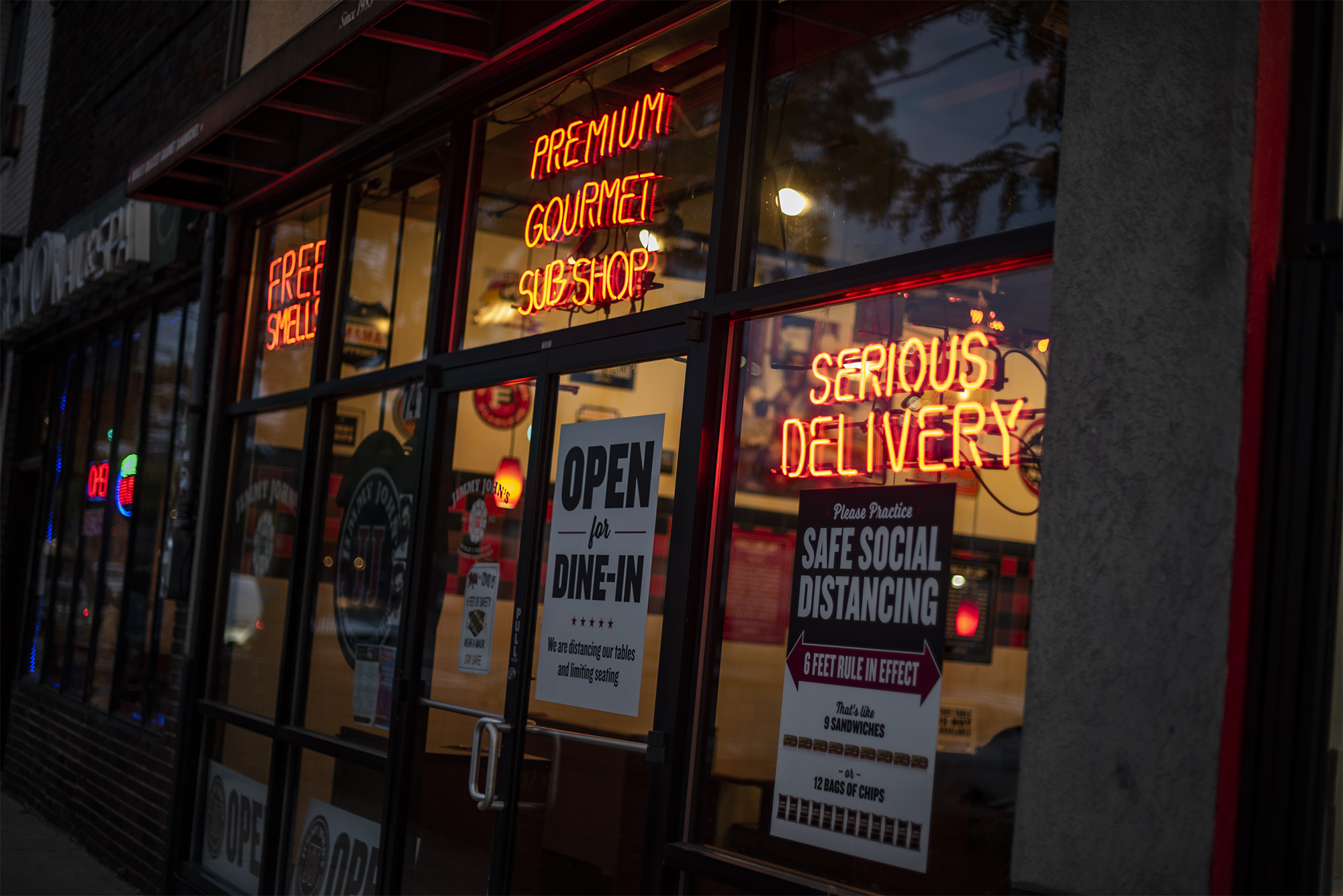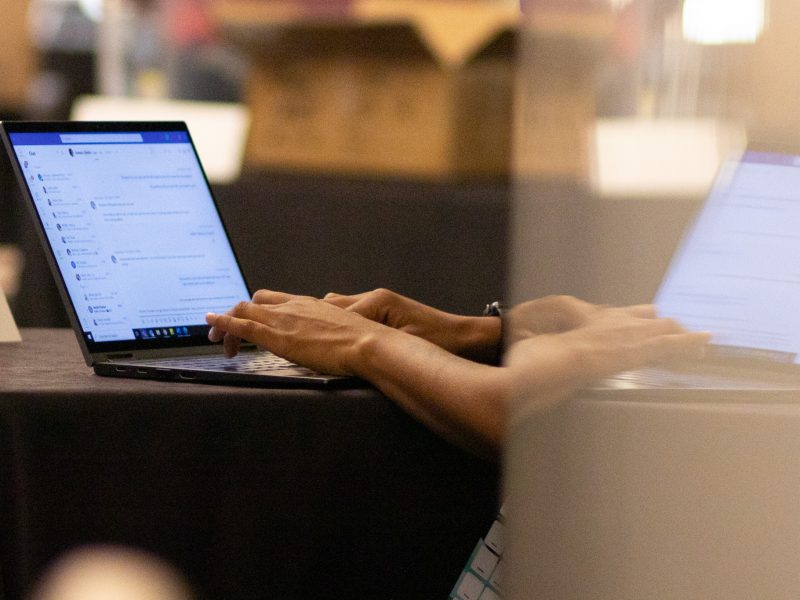Views expressed in opinion columns are the author’s own.
If I’m being honest, I probably spent over $1,000 on food delivery in 2020. With options such as burgers, ice cream and even fresh New Jersey pizza available at the click of a button, ordering in can be hard to resist. The added convenience of food delivery apps made ordering meals all the more appealing in a year like 2020, when leaving the house at all could be risky.
I justified my spending on delivery apps as contributing to the economy, supporting local business and helping a delivery worker put food on the table. However, all I was actually doing was contributing to another massive corporation, overspending and gaining 10 pounds while doing it.
Online restaurant marketplace sales more than doubled to about $44.9 billion last year, and 65 percent of Americans have increased their delivery orders since the start of the pandemic. DoorDash accounts for a massive 46.6 percent of these sales, with other sites such as Uber Eats, Grubhub and Postmates accounting for the rest.
For restaurants, one of the appeals of delivery apps is that they eliminate the need to hire their own delivery drivers. Listing their food on said apps can also be a great marketing tool and help reach customers outside of their region. But like the restaurants they claim to help, these apps need to make a profit.
In order to make a profit, online food delivery services add delivery fees and other costs. But more often than not, these services demand a cut from the restaurants they deliver from, sometimes taking as much as 30 percent of their profits. For many local restaurants, the only way to maintain business at all is to sacrifice this profit and continue utilizing these services. But the restaurants are not alone: The delivery drivers of said apps are struggling, too.
Many of these delivery drivers are classified as independent contractors, which means the companies that hire them do not have to provide benefits or even pay the drivers at state or federal minimum wage. Even worse, companies like DoorDash have been exposed for using tips to subsidize their workers’ wages. Multiple lawsuits have been filed against some of these companies in response to allegations of mistreatment of their workers.
As consumers, it is important we spend our money diligently and contribute in a way that is genuinely helpful to the community. When possible, ditch the apps and order directly from the restaurant for delivery or no-contact pickup. That way, you can ensure that the money you spend goes right back to the business and its employees.
But even then, individual consumers can only do so much. The government should regulate how much delivery services charge restaurants for listing their menu. Especially given the pandemic, the cuts that are taken from the restaurants are exploitative. But perhaps more importantly, the apps themselves can implement change. Lowering ridiculous service fees, treating employees with respect and maintaining a transparent business model are a few key ways these companies can place value on the restaurants they claim to serve.
The appeal of convenience is certainly compelling, especially when ordering delivery rather than indoor dining in accordance with public health guidelines. But there are better ways to get a good meal and contribute to the success of local business.
Gabriella Kurczeski is a junior English and psychology major. She can be reached at gkurczes@terpmail.umd.edu.



